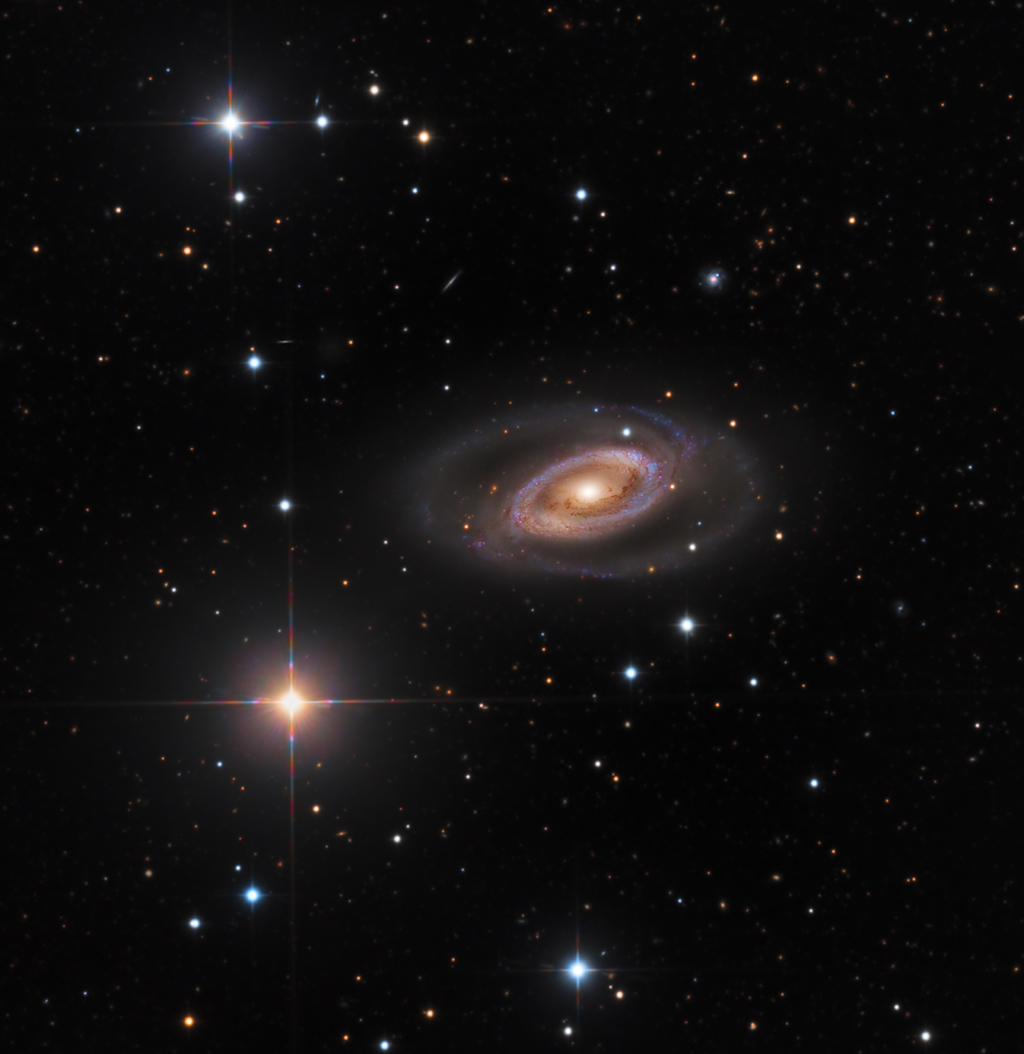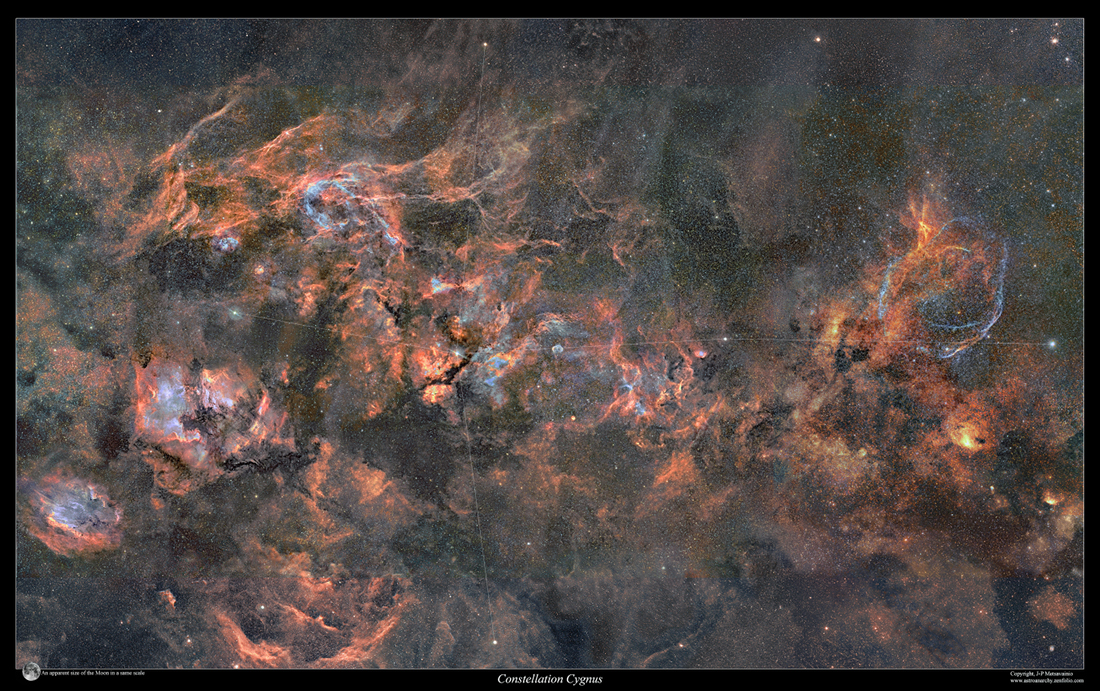Blog
Anthony “Rebop” Kwaku Baah (13 February 1944 – 12 January 1983) was a Ghanaian percussionist who worked with the 1970s rock groups Traffic and Can. Baah was born on 13 February 1944, in Konongo, Ghana.
In 1969, Baah performed on Randy Weston‘s album African Rhythms. In the same year he worked with Nick Drake on the song “Three Hours”, posthumously released in 2004 on the compilation album Made to Love Magic. He then joined the English band Traffic in 1971, having met them in Sweden during a tour. He appeared on the albums Welcome to the Canteen, The Low Spark of High Heeled Boys, Shoot Out at the Fantasy Factory, On the Road, and When the Eagle Flies.
In 1973 he performed in the all-star Eric Clapton’s Rainbow Concert. After Traffic disbanded in 1974, he played on Steve Winwood’s self-titled debut solo album, which was released in 1977. Also in 1977, he joined the German band Can along with former Traffic bassist Rosko Gee, playing with them until their breakup in 1979, appearing on the albums Saw Delight, Out of Reach and Can.
In 1982 Baah recorded an album with Zahara. Baah died of a cerebral hemorrhage during a performance in Stockholm, Sweden in January 1983, where he was on tour with Jimmy Cliff. His final album, Melodies in a Jungle Man’s Head, was released in its unfinished state.
more...Wardell Gray (February 13, 1921 – May 25, 1955) was an American jazz tenor saxophonist who straddled the swing and bebop periods.
Wardell Gray was born in Oklahoma City, the youngest of four children. His early childhood years were spent in Oklahoma, before moving with his family to Detroit in 1929. In early 1935, Gray began attending Northeastern High School, and then transferred to Cass Technical High School, which is noted for having Donald Byrd, Lucky Thompson and Al McKibbon as alumni. He left in 1936, before graduating. Advised by his brother-in-law Junior Warren, as a teenager he started on the clarinet, but after hearing Lester Young on record with Count Basie, he was inspired to switch to the tenor saxophone.
Gray was still working regularly despite his drug problems, and when Benny Carter was engaged in May 1955 to provide the band at the opening of the Moulin Rouge Hotel, he called on Gray. Gray attended rehearsals but was absent when the club opened on May 25. The next day he was found on a stretch of desert on the outskirts of Las Vegas[5] dead with a broken neck.
Although there was a poor examination of circumstances, by most accounts, Gray’s demise was ruled an accidental death.[citation needed] Foul play was suspected by some, especially given Gray’s possible association with mob boss Meyer Lansky.
more...
NGC 1350 lies about 85 million light-years distant in the southern constellation Fornax. Inhabited by young blue star clusters, the tightly wound spiral arms of NGC 1350 seem to join in a circle around the galaxy’s large, bright nucleus, giving it the appearance of a cosmic eye. In fact, NGC 1350 is about 130,000 light-years across. That makes it as large or slightly larger than the Milky Way. For earth-based astronomers, NGC 1350 is seen on the outskirts of the Fornax cluster of galaxies, but its estimated distance suggests that it is not itself a cluster member. Of course, the bright spiky stars in the foreground of this telescopic field of view are members of our own spiral Milky Way galaxy.

more...
Narasimhan Ravikiran (born 12 February 1967) is an Indian slide instrumentalist, vocalist, composer, and orator, who created the concept of melharmony. He is the son of gottuvadhyam player Chitravina Narasimhan and the grandson of Narayan Iyengar, who was also a Carnaticmusician.
Ravikiran was born in Mysore, Karnataka. He made his first appearance at the age of two, in April and again in August 1969, in Bangalore, and was interviewed by Semmangudi Srinivasa Iyer, Pandit Ravi Shankar, M S Subbulakshmi and Flute T R Mahalingam. He also performed at the XLIII Madras Music Conference held at The Madras Music Academy in December 1969, and was awarded a scholarship from the academy. He was able to identify about 325 ragas (melodic scales) and 175 talas (rhythmic cycles) of Carnatic music. Ravi Shankar is said to have declared “If you don’t believe in God, look at Ravikiran”. Soon after, he was presented at leading institutions such as Shanmukhananda Fine Arts, Bombay and Tyagaraja Sabha, Coimbatore.
Following training under his father, Chitravina Narasimhan, Ravikiran debuted as a vocalist in 1972, when he was five years old, in Coimbatore.[citation needed] He performed at concerts in Madras, Mysore and Bangalore until he was 10. His recitals – often over two and a half hours – drew large audiences and won critical acclaim in the Indian media.
more...Omar Hakim (born February 12, 1959) is an American jazz, jazz fusion and pop music drummer, producer, arranger and composer. He has worked with Weather Report, David Bowie, Foo Fighters, Sting, Madonna, Dire Straits, Journey, Kate Bush, George Benson, Miles Davis, Daft Punk, Mariah Carey, The Pussycat Dolls and Celine Dion.
Hakim was born in New York City on February 12, 1959. His father, Hasaan Hakim, was a trombonist. Omar started playing the drums at the age of five, and first performed in his father’s band four or five years later.
https://www.youtube.com/watch?v=Iwk3E9jD5lk
more...William Otis Laswell (born February 12, 1955) is an American bass guitarist, record producer, and record label owner. He has been involved in thousands of recordings with many collaborators from all over the world. His music draws from funk, world music, jazz, dub and ambient styles.
According to music critic Chris Brazier, “Laswell’s pet concept is ‘collision music’ which involves bringing together musicians from wildly divergent but complementary spheres and seeing what comes out.” The credo of one record label run by Laswell which typifies much of his work is “Nothing Is True, Everything Is Permitted”. Although his bands may be credited under the same name and often feature the same roster of musicians, the styles and themes explored on different albums can vary dramatically. Material began as a noisy dance music band, but later albums concentrated on hip hop, jazz, or spoken word readings by William S. Burroughs. Most versions of the band Praxis have included guitarist Buckethead, but they have explored different permutations on albums.
Laswell got his earliest professional experience as a bass guitarist in R&B and funk bands in Detroit and Ann Arbor, Michigan. He saw shows that combined genres, such as Iggy and the Stooges, MC5, and Funkadelic. He was also influenced by jazz musicians John Coltrane, Albert Ayler, and Miles Davis.
https://www.youtube.com/watch?v=KC-5X50Zj6M
more...Raymond Daniel Manzarek Jr. (born Manczarek; February 12, 1939 – May 20, 2013) was an American musician, singer, producer, film director, and author. He was best known as a member of the Doors from 1965 to 1973, which he co-founded with singer and lyricist Jim Morrison.
Manzarek was inducted into the Rock and Roll Hall of Fame in 1993 as a member of the Doors. He was a co-founding member of Nite City from 1977 to 1978, and of Manzarek–Krieger from 2001 until his death in 2013. USA Today defined him as “one of the best keyboardists ever”.
Raymond Daniel Manczarek Jr. was born and raised on the South Side of Chicago, Illinois. He was born to Helena (1918–2012) and Raymond Manczarek Sr. (1914–1987), and was of Polish descent.
more...Although Soleá is not the oldest, it is the style that has best preserved the values and qualities of ‘jondo art’: for its compass (combination of 6/8 and 3/4); its tone and its melody. It is one of the most danced and emblematic styles of flamenco and, given its characteristics, it adapts very well to the interpretation of flamenco dancers, since it invites to perform hip swings, waist swings and arms movements more typical of women . Singing to Soleá accompanies the guitar. The most sung lyrics of the soleares refer to places in America such as Havana or Puebla. In a series of soleares, the lyrics do not have much to do with each other, because they deal with different themes and the singer can take a tour of the sentimental variety of this stick during his performance.
We could say that a soleá is structured in the following way: introduction of guitar, ayeo of exit (the interpretation of the ‘ay ay ay’ of the singer); sing of preparation, brave singing and auction, with falsetas interspersed during the interpretation of the different lyrics (the falseta is the part of the music that the guitarist improvises).
more...Otis Lee Clay (February 11, 1942 – January 8, 2016) was an American R&B and soul singer, who started in gospel music. In 2013, Clay was inducted to the Blues Hall of Fame.
more...This beautiful skyscape is painted across the plane of our Milky Way Galaxy near the northern end of the Great Rift and the constellation Cygnus the Swan. Composed over a decade with 400 hours of image data, the broad mosaic spans an impressive 28×18 degrees across the sky. Alpha star of Cygnus, bright, hot, supergiant Deneb lies at the left. Crowded with stars and luminous gas clouds Cygnus is also home to the dark, obscuring Northern Coal Sack Nebula and the star forming emission regions NGC 7000, the North America Nebula and IC 5070, the Pelican Nebula, just left and a little below Deneb. Many other nebulae and star clusters are identifiable throughout the cosmic scene. Of course, Deneb itself is also known to northern hemisphere skygazers for its place in two asterisms, marking a vertex of the Summer Triangle, the top of the Northern Cross.

Didier Lockwood (11 February 1956 – 18 February 2018) was a French jazz violinist. He played in the progressive rock/jazz fusion band Magma in the 1970s and was known for his use of electric amplification and experimentation on different sounds on the electric violin.
more...Sérgio Santos Mendes (Brazilian Portuguese: [ˈsɛʁʒju ˈsɐ̃tuz ˈmẽdʒis]; born February 11, 1941) is a Brazilian musician. He has over 55 releases, and plays bossa nova heavily crossed with jazz and funk. He was nominated for an Oscar for Best Original Song in 2012 as co-writer of the song “Real in Rio” from the animated film Rio.
Mendes is a unique example of a Brazilian musician primarily known in the United States, where his albums were recorded and where most of his touring took place.
Mendes is married to Gracinha Leporace, who has performed with him since the early 1970s. Mendes has also collaborated with many artists through the years, including The Black Eyed Peas, with whom he re-recorded in 2006 a version of his breakthrough hit “Mas que Nada“.
more...Little Johnny Taylor (born Johnny Lamont Merrett; February 11, 1943 – May 17, 2002) was an American blues and soul singer. He made recordings throughout the 1960s and 1970s, and continued public performances through the 1980s and 1990s.
Born in Gregory, Arkansas, United States, he is frequently confused with his contemporary and near namesake Johnnie Taylor, especially since the latter made a cover version of the song that Little Johnny Taylor was most famous for, “Part Time Love” (1963), and the fact that both men began their careers as gospel singers.
Little Johnny Taylor moved to Los Angeles in 1950, and sang with the Mighty Clouds of Joy before moving into secular music. Influenced by Little Willie John, he first recorded as an R&B artist for the Swingin’ record label.
However, he did not achieve major success until signing for San Francisco-based Fantasy Records‘ subsidiary label, Galaxy. His first hit was the mid-tempo blues “You’ll Need Another Favor,” sung in the style of Bobby Bland, with arrangement by Ray Shanklin and produced by Cliff Goldsmith. The follow-up, “Part Time Love“, written by Clay Hammond and featuring Arthur Wright on guitar, became his biggest hit, reaching number 1 in the U.S. Billboard R&B chart, and number 19 on the pop chart, in October 1963. However, follow-ups on the Galaxy label were much less successful.
more...Vincent Eugene Craddock (February 11, 1935 – October 12, 1971 Norfolk, VA), known as Gene Vincent, was an American musician who pioneered the styles of rock and roll and rockabilly. His 1956 top ten hit with his Blue Caps, “Be-Bop-a-Lula“, is considered a significant early example of rockabilly. He was inducted into the Rock and Roll Hall of Fame and the Rockabilly Hall of Fame. He is sometimes referred to by his somewhat unusual nickname/moniker The Screaming End. Vincent died at the age of 36 on October 12, 1971, from internal haemorrhage and heart failure, while visiting his father in Saugus, California. He is interred at Eternal Valley Memorial Park, in Newhall, California.
more...
More Posts
- Ray Mantilla Day
- Cal Green Day
- World Music with ESTRELLA MORENTE
- Daily Roots with Sizzla
- The Cosmos with NGC 5426/27
- Eric Reed Day
- Lalo Schifrin
- Skip James Day
- World Music with Alekos K. Vretos
- Daily Roots with Ijahman Levy
- The Cosmos with M16
- Eric Dolphy Day
- Lazy Lester Day
- World Music with Obo Addy
- Daily Roots with Bob Marley
- The Cosmos with Fleming 1
- Ernest Ranglin Day
- Billy Drummond Day
- World Music with Lela Tataraidze
- Daily Roots with the Skatalites

